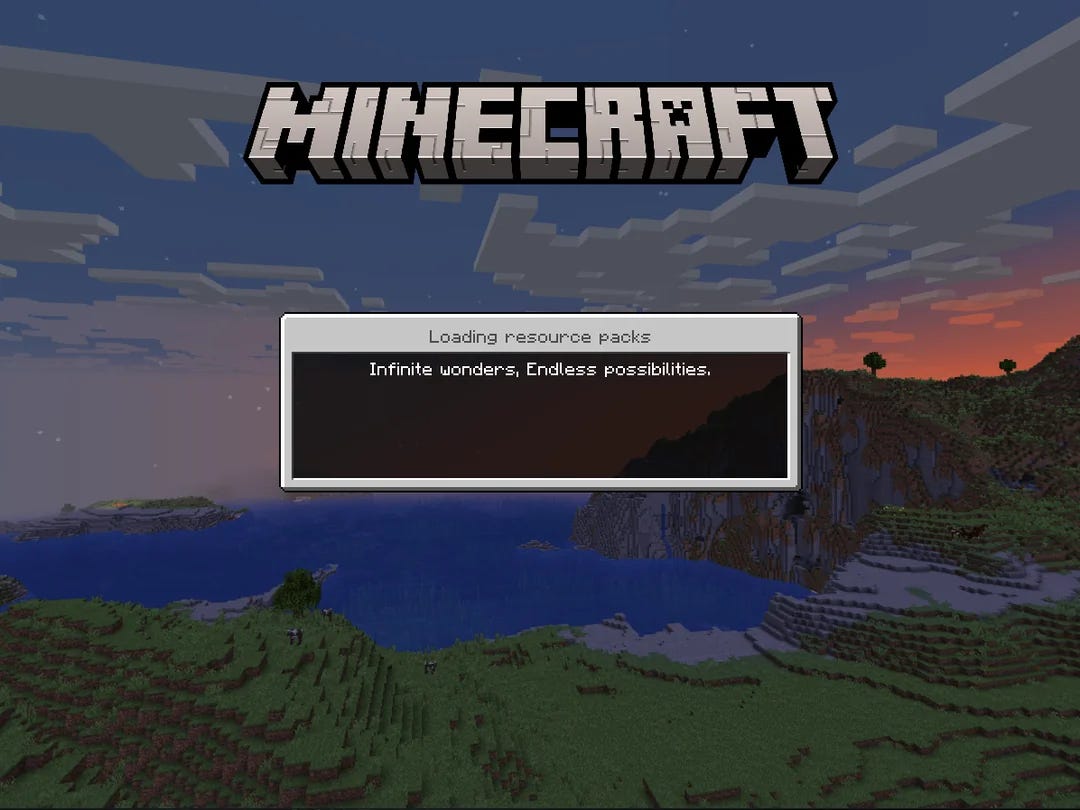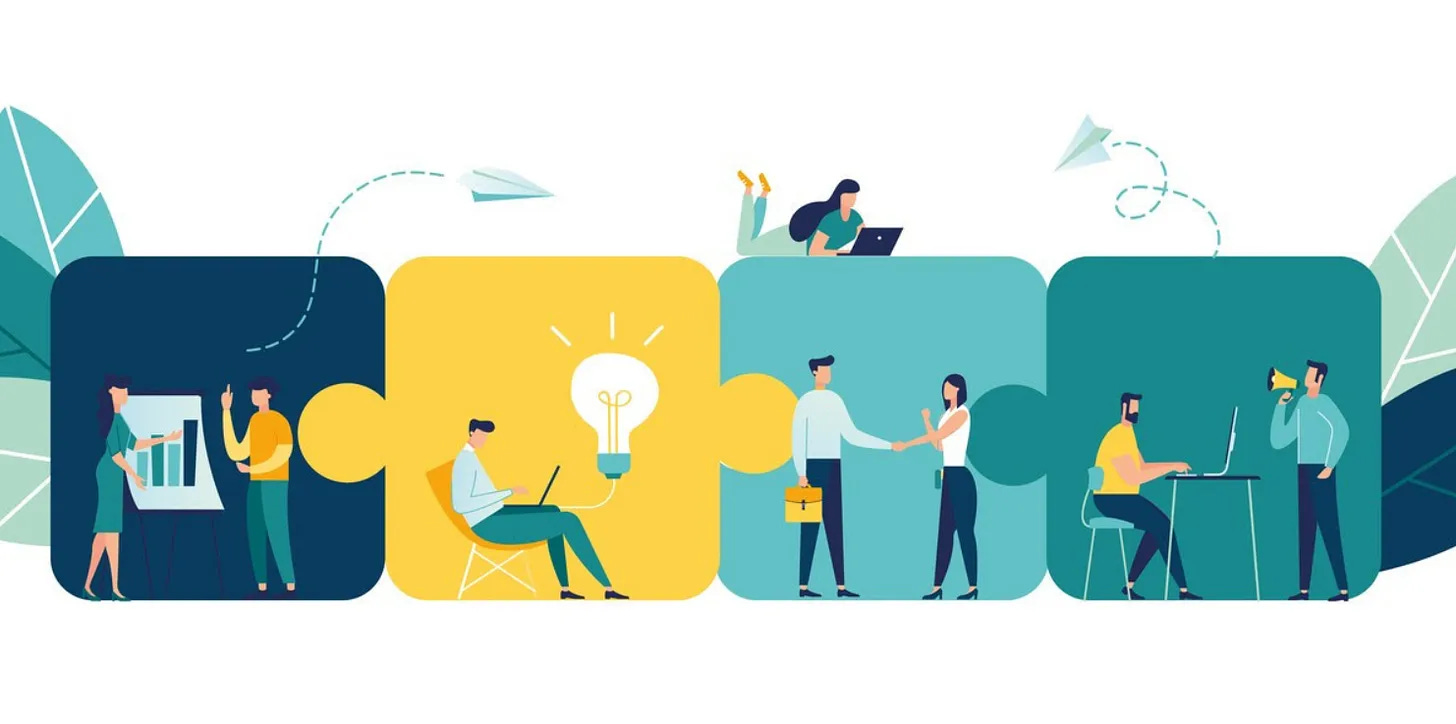Anthropic’s Claude Strikes the Match for a New Era of App Creation with Artifacts update
This Week in Products, Claude rolls out new features in Artifacts that let users turn simple chat into working apps. Does that mean we’re staring at the end of traditional development?
Anthropic’s Claude has come up with exciting updates on Artifact, a feature that was used to pull generated code, documents, or text out of the chat window to a side pane inside Claude's interface to declutter the conversation thread.
What started as a simple way to organise outputs has now taken a big leap into a playground for building simple AI-powered apps, right inside the chat window.
With this shift, Anthropic has opened up the doors of development to anyone, where a simple intent is all that’s needed for a user to build, deploy, and share apps, turning ideas into a working product in minutes!
The big shift
App Development No Longer Lives Behind a Wall
The internet was the first big wave of technology that flipped the world upside down by information democratisation, and what used to be locked up in books, universities, or expensive courses suddenly became available to anyone with a connection and What once used to be out of reach is now something we barely think twice about.
Then came smartphones, serving as both tool and platform, packed into a pocket-sized device, and people began posting their everyday lives online, opening up the creator’s economy, a world where anyone could make something, share it, and get seen.
Fast forward a decade and that open door turned into an entire industry that stands at over $20 billion in India alone.
But building software?
That’s always been a serious, professional path. You start by choosing computer science in school, go through an engineering degree, learn to code, pick up the right tools, set up your system, and then write line after line just to get one app working.
Up until now.
With Anthropic’s push towards “vibe coding,” the biggest buzzword in engineering right now, natural language becomes the interface, and syntax takes a backseat. It marks the beginning of a shift where development is no longer gated by technical expertise but opens up to anyone with an idea.
So what can it do?
Anthropic just took what was a quiet little productivity feature and flipped it into a build-your-own-tool environment, and here’s what’s new:
You can now build right in front of your eyes.
Instead of Claude spitting out code in the chat and leaving you to figure out the rest, there's now a live workspace. As you chat with Claude, your idea turns into a real, working app right there that unfolds as you talk.The apps can do things now.
This update adds the ability for Claude to make its API calls inside your app, which means that apps that you build can now interact with Claude behind the scenes, where you focus on the intent and Claude plays the brainNo deployment headaches.
You don’t need to worry about servers, permissions, billing, or “wiring things up.” Claude handles all of that. It not only builds the interface and code but also plugs in all the backend magic to make it work, and you get a clean, functioning version that you can use, test, or share instantly.
Zooming out
Coding is becoming something you do with language
It does not stop with anthropic companies across the tech landscape that are racing to build a future where apps can be created through simply chatting.
Zoho launched CoCreator, an AI-powered app builder that lets users upload documents or spreadsheets to instantly generate fully functional business apps.
Microsoft updated Power Apps to let users create AI-powered agents and custom interfaces using natural language through Copilot Studio.
OpenAI introduced Canvas, a collaborative workspace that lets users write, code, and edit alongside ChatGPT in real time through a shared document interface.
Though not the same as no-code app builders, it reflects the broader push across the industry toward more interactive, natural language-driven creation tools.
We're moving into a world where Intent isn’t just the starting point anymore. It is the product.
So, has development now become what Pluto is in planets?
A lot of us have ideas for tiny tools we wish existed, little automations that would save time or make work and learning smoother. But until now, the only way to turn them into reality was to either hire someone or learn to code. This changes that.
At first glance, it may feel like a magic wand that’s about to sweep software development off the map. But that’s not the whole story.
While artifact DOES opens up a new space for tinkering, testing, and imagining, there are still limits to what you can do today.
You can’t plug into external APIs yet, so your app can’t pull in live data or trigger actions elsewhere
There’s no persistent storage, which means nothing sticks around once the session ends
Everything runs on a simple, text-based completion engine that lacks memory, a backend, or external logic
It’s less about waving a magic wand to replace development and more about opening the door for more people to join in.
So while it’s great for sketching ideas and spinning up tools that live in the moment, it’s yet to be equipped enough to handle real-world complexity, and that part still belongs to engineers.
Where Do We Go From Here?
Infinite wonder. Endless possibilities.
While Claude’s latest updates may not sweep developers off their jobs overnight, there is no avoiding the fact that they hint at a shift that the future holds for the world of development
The closest comparison? Honestly, it’s Minecraft.
That old-school open-world sandbox game where you are dropped into a blank world and are left to build whatever you could imagine. A floating castle. A city under the sea or a working rollercoaster where you just place blocks on blocks, and suddenly you have bridged your imagination to reality.
Every time you launched the game, it would greet you with a line in big pixel letters: “Infinite wonder, endless possibilities,” before opening up a space where imagination was the sole ingredient of your story
That’s exactly where development is heading. Only this time, the world you’re building isn’t inside a game. It’s a real-world tool functioning app that could change lives. Honestly, it’s just an exciting time to be alive
📰What’s going around tech?
Grammarly’s Superhuman Bet, Amazon’s Robot Milestone, and YouTube’s iOS Video Editor...
Grammarly acquires Superhuman to power AI email platform
Grammarly has acquired Superhuman, known for its fast, AI-enhanced email service, to extend its AI-powered writing tools into email. The acquisition brings Superhuman’s clever shortcuts, calendar integrations, and speed-focused design into Grammarly’s ecosystem. The move positions Grammarly to become a more unified AI communication assistant across writing and email.
Read More→
Amazon hits 1 million robots milestone, unveils new generative AI model
Amazon has deployed its one millionth robot in its fulfillment network and introduced a new generative AI model for robotics. The model helps robots understand natural language instructions and adapt to changing warehouse conditions. This marks a major step in Amazon’s effort to scale intelligent automation across its operations.
Read More→
Creative Commons launches CC Signals to guide AI data usage
Creative Commons has introduced CC Signals, a framework that lets dataset owners label how their content can be used for AI training. It uses standardized legal and technical signals to indicate permissions, such as whether data is machine learning–friendly or restricted. The goal is to promote transparency and responsible data use in the AI ecosystem.
Read More→
Discord is building a native Windows on Arm app
Discord is developing a native ARM64 version of its app for Windows on Arm devices. The new build promises smoother performance compared to the current emulated version and is now available in early preview for testers. This move brings Discord in line with other major apps optimized for Arm-based Windows PCs.
Read More→
YouTube Create video editing app is coming to iOS
Google is launching its YouTube Create app on iOS, nearly two years after its Android release. The app offers free editing tools for Shorts and long-form videos, including filters, effects, and music sync features. With this expansion, YouTube aims to attract more Apple users and compete with popular mobile editors like CapCut.
Read More→
A video I found insightful
When writing code starts to feel more like having a conversation
Andrej Karpathy, former director of AI at Tesla, has been thinking deeply about how software is changing in the age of AI.
In this talk, he lays out a shift that feels just as big as the move to the internet. Software, he says, used to be written line by line. Then we started training models instead of coding them. Now, we’re building software by talking to it and calling this Software 3.0.
What makes this shift different is that the systems we’re building with aren’t entirely predictable, as they behave more like collaborators than tools. They can reason, forget, improvise, and sometimes get things completely wrong, but at the same time, unlock a new way of building with commenting, as Karpathy says that these systems need supervision, good design, and clear boundaries.
📬I hope you enjoyed this week's curated stories and resources. Check your inbox again next week, or read previous editions of this newsletter for more insights. To get instant updates, connect with me on LinkedIn.
Cheers!
Khuze Siam
Founder: Siam Computing & ProdWrks





